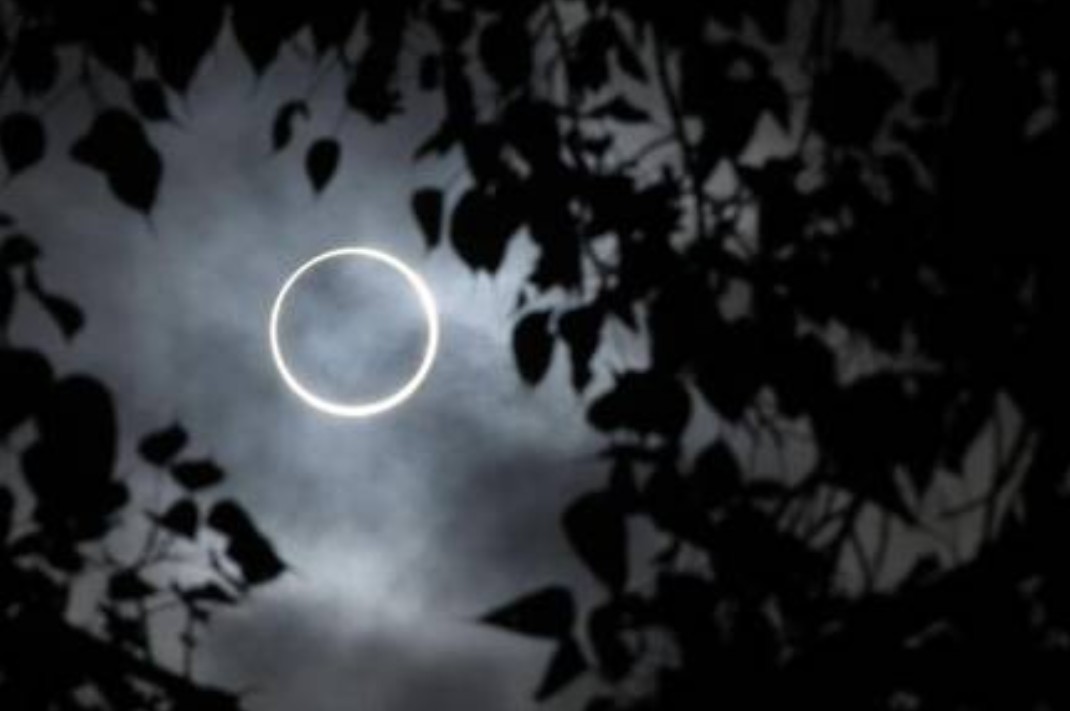Most other places will witness a partial eclipse, when the moon passes between the earth and the sun
A rare celestial event, an annular solar eclipse, which is popularly known as the “ring of fire” eclipse, will be visible on Sunday in parts of India.
The annular phase will be visible only in few places of northern India, while the rest of the country will observe this event partially, said a press release from Planetary Society, India. Across the world, the eclipse in various phases will occur between 9:16 a.m. and 3:04 p.m. “In India depending on the location of a person from the central path, the eclipse, mostly in the partial phase, will be visible between 9:56 a.m. to 2:29 p.m.,” the release said.
Across the world the eclipse will be visible in the region covering Africa except western and southern parts, southeast Europe, Asia (except north and eastern Russia) and Indonesia, among others.
Though the central path of the eclipse begins it journey in Congo (Africa), in India it traverses from Suratgarh (Rajasthan), Sirsa and Kurukshetra (Haryana), Dehradun, Chamoli and Joshimath in Uttarakhand, thus giving people in these areas the opportunity to observe the Sun as a ring of fire, when the Moon comes between the Earth and the Sun.
In a total eclipse, the disc of the Sun is fully obscured by the Moon. In partial and annular eclipses, only a part of the Sun is obscured.
People in Tamil Nadu will get to witness a partial solar eclipse. This year, the Tamil Nadu Science and Technology Centre has not made arrangements for people to view the partial solar eclipse in Chennai. Its executive director, S. Soundararajaperumal, said arrangements were not made due to the lockdown in view of COVID-19. The partial eclipse would begin at 10:22 a.m. and end at 1:41 p.m. in Chennai.
Scientists have advised people that it is unsafe to observe the sun directly as it may lead to eye injury.
One of the safe methods to watch the eclipse is through projection. Binoculars or small telescopes could be used to project a magnified image of the sun on a white piece of card.
(With inputs from K. Lakshmi in Chennai)

